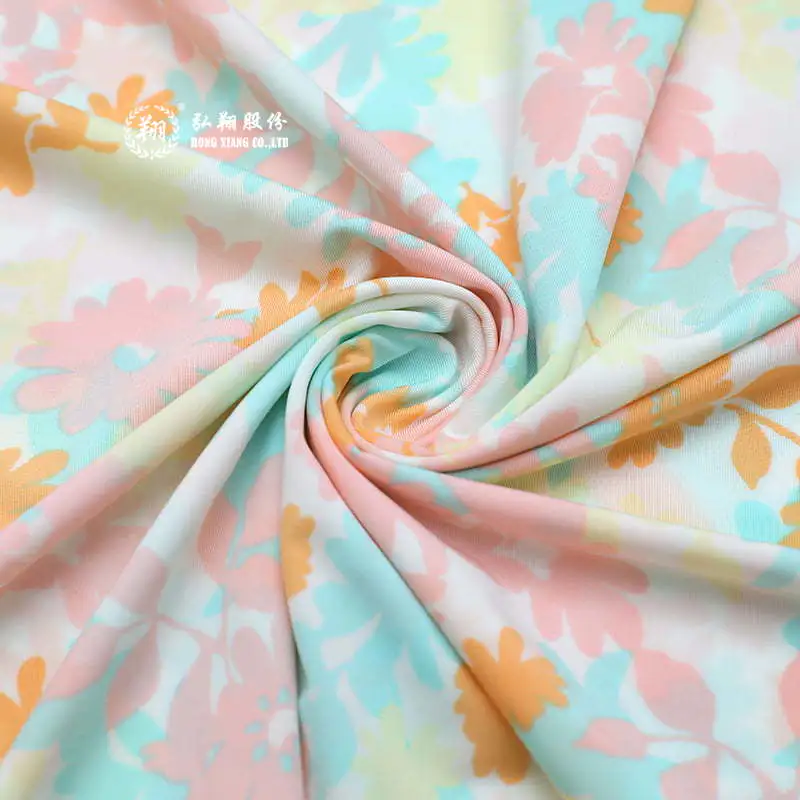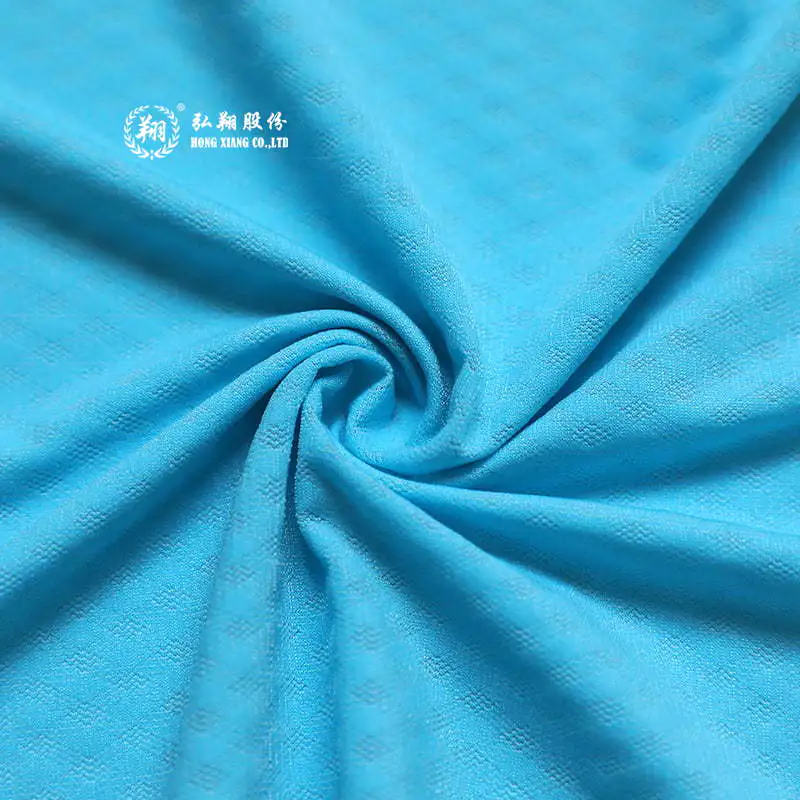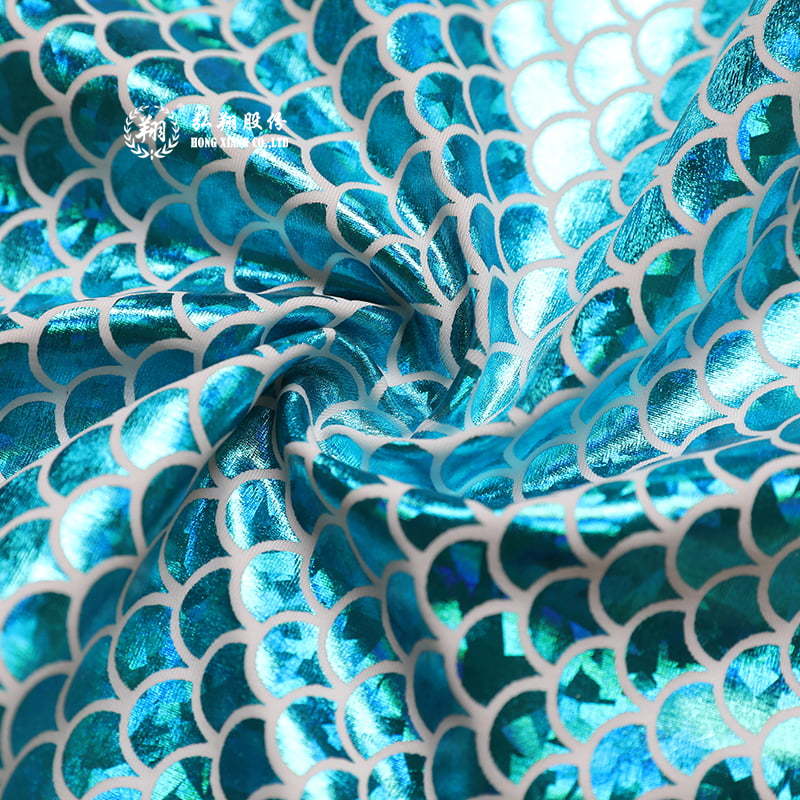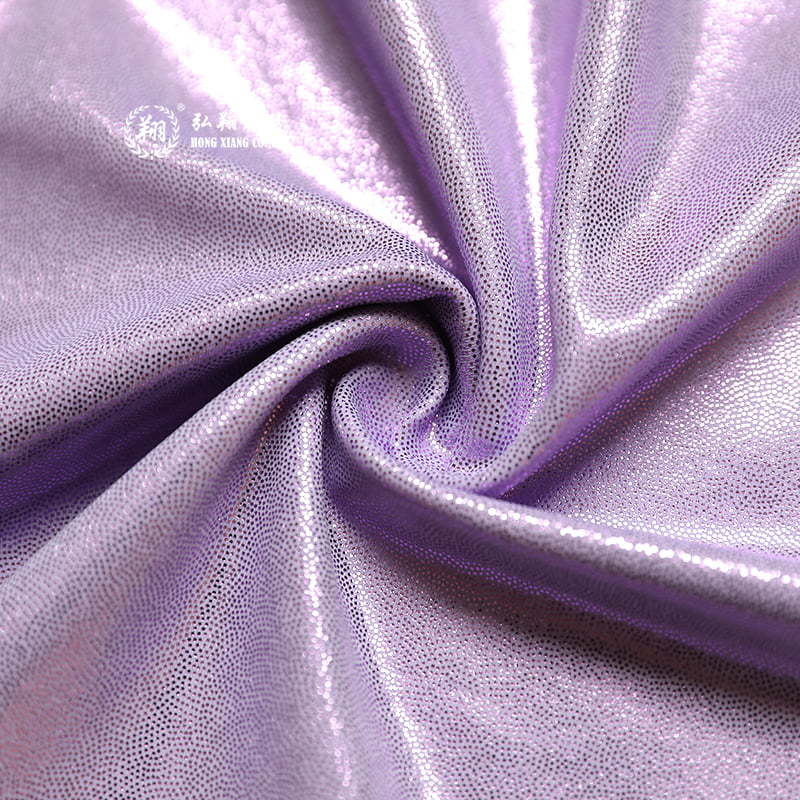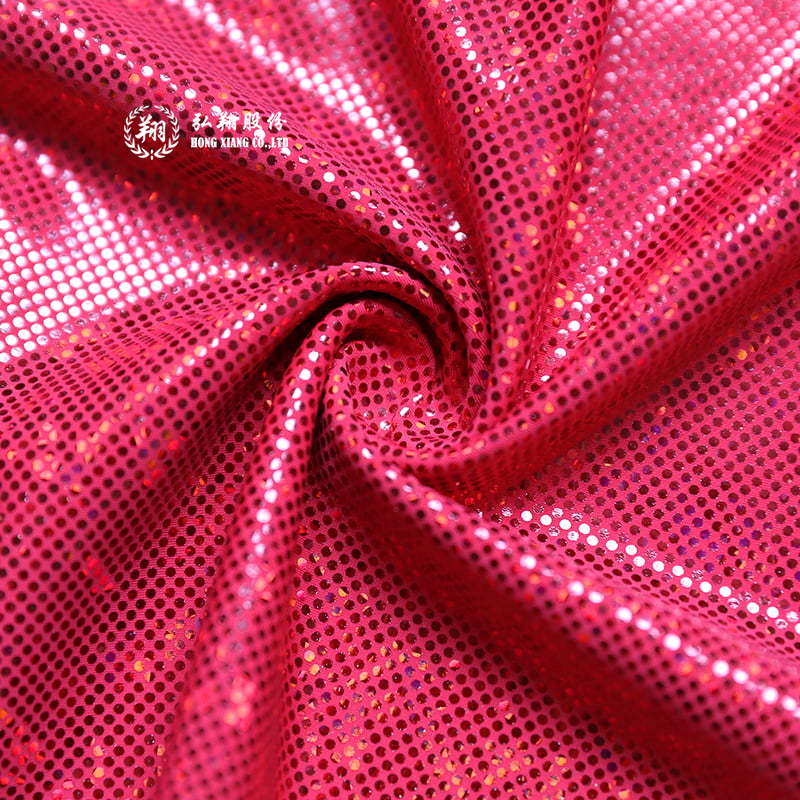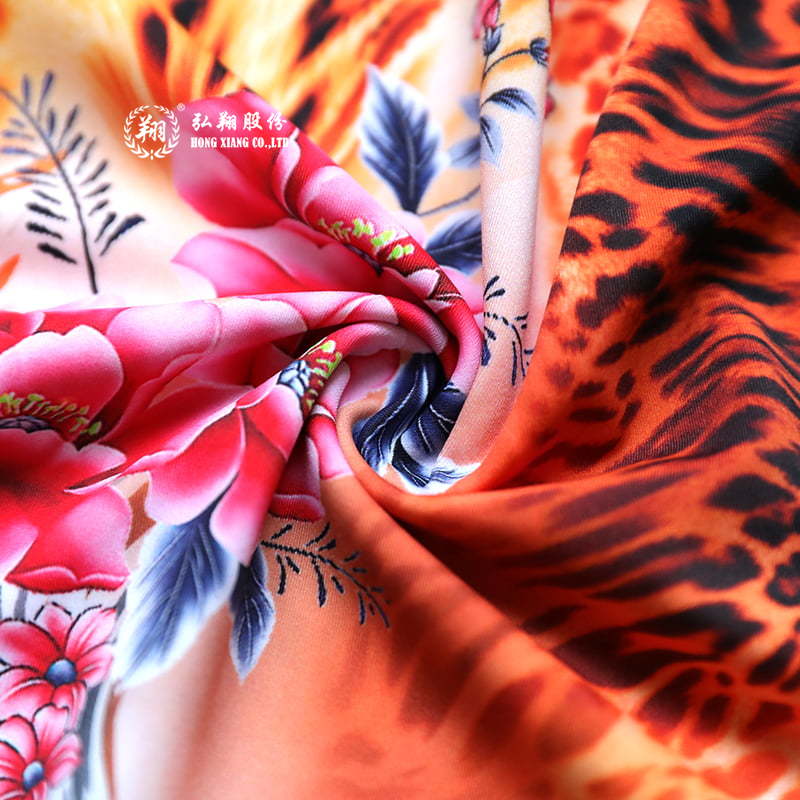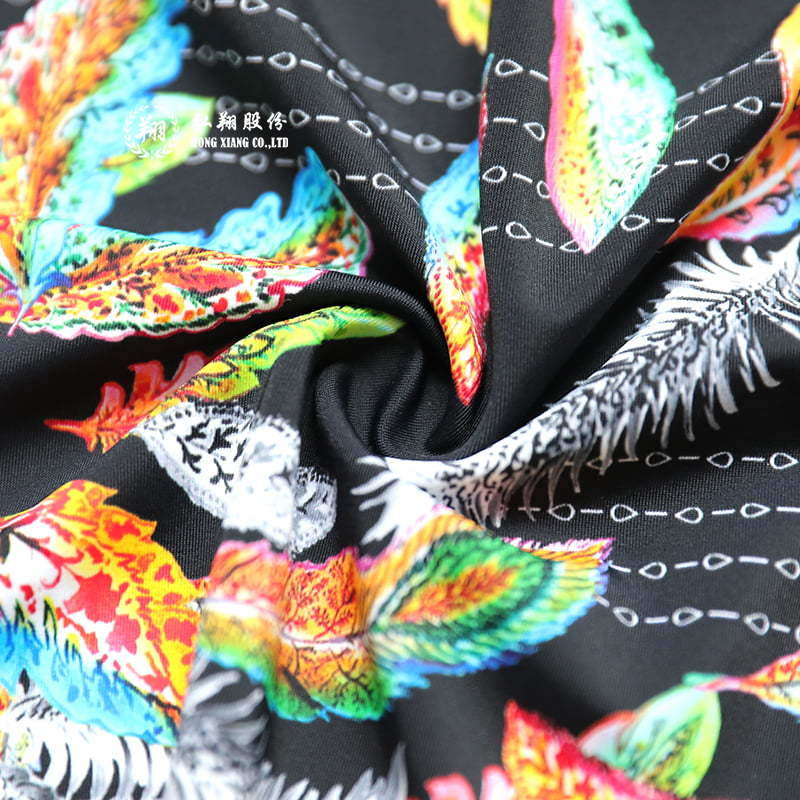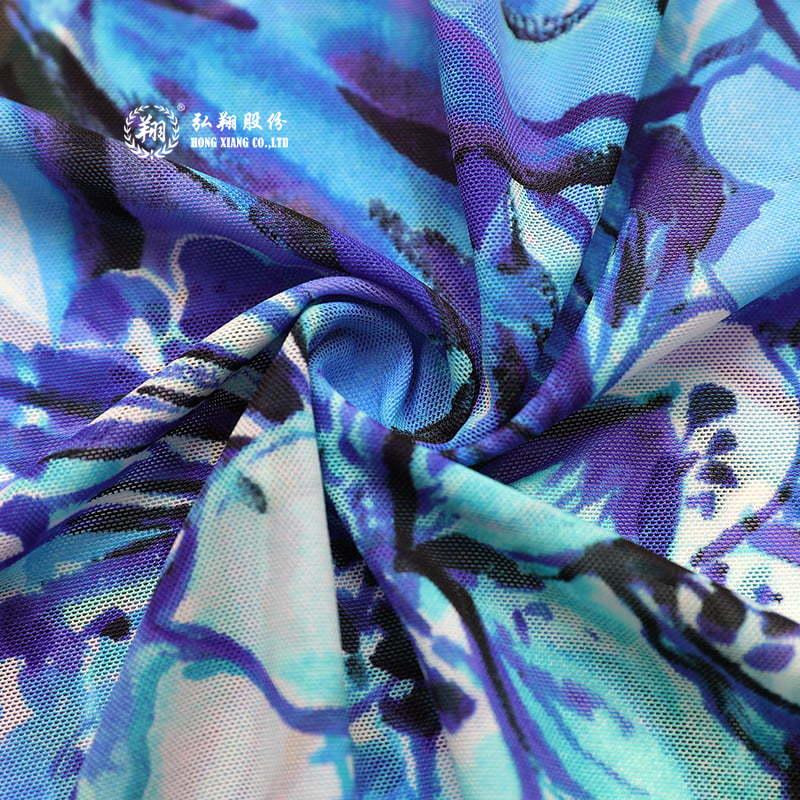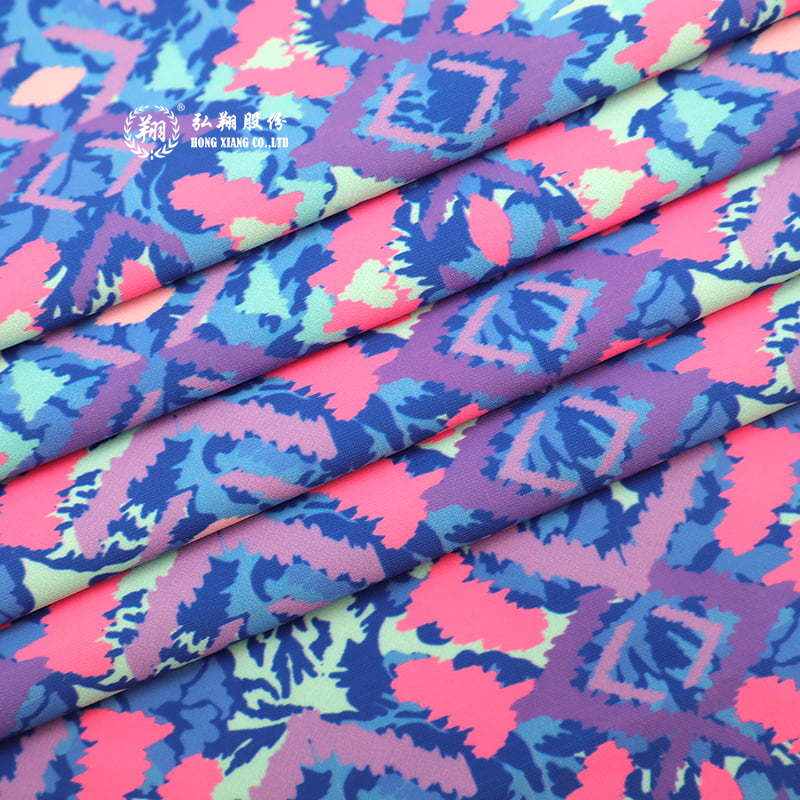How to identify the direct difference of fabrics from the composition
Update:29 Sep
The easy way to identify the composition of clothing fabrics is the combustion method. The method is to draw a yarn containing warp and weft yarns at the seam of the garment, ignite it with fire, observe the state of the burning flame, smell the smell of the yarn after burning, and see the residue after burning to judge. Whether it is consistent with the fabric composition marked on the clothing durability label to identify the authenticity of the fabric composition.
1. Cotton fiber and hemp fiber
Both cotton fibers and hemp fibers are flammable when they are close to the flame, burning rapidly, the flame is yellow, and blue smoke is emitted. The difference between the odors emitted by the two during combustion and the ashes after burning is that the burning of cotton gives off the smell of paper, and the burning of hemp gives off the smell of plant ash; after burning, cotton has very little powder ash, which is black or gray, while hemp produces a small amount of off-white powder ash.
2. Wool fiber and silk
When the hair is exposed to fire, it emits smoke, foams when it burns, the burning speed is slow, and it emits a burnt smell of burning hair. When exposed to fire, the silk shrinks into a ball, and the burning speed is slow, accompanied by a sizzling sound, exuding a burning smell of hair, and after burning, it forms black-brown spherical ashes, which are broken when twisted by hand.
3. Nylon and polyester
The scientific name of nylon is polyamide fiber. It quickly crimps and melts into a white gel when near the flame. It melts and drips and foams in the flame. There is no flame when burning. It is difficult to continue to burn when it leaves the flame. Things are not easily crushed. The scientific name of polyester is polyester fiber. It is easy to ignite, and it melts near the flame. When burning, it melts and emits black smoke. It has a yellow flame and emits a fragrant smell.
Fourth, acrylic and polypropylene
The scientific name of acrylic fiber is polyacrylonitrile fiber. It softens and shrinks near fire, emits black smoke after ignition, and the flame turns white. . The scientific name of polypropylene fiber is polypropylene fiber. It melts near the flame and is flammable. It burns slowly and emits black smoke from the fire. The upper end of the flame is yellow and the lower end is blue. broken.
Five, vinylon and vinylon
The scientific name of vinylon is polyvinyl formal fiber. It is not easy to ignite. It melts and shrinks near the flame. When burning, there is a little flame at the top. When the fiber is melted into a jelly, the flame becomes larger, there is thick black smoke, and it emits a bitter smell. After burning, it remains black. Small bead-like particles that can be crushed with fingers. The scientific name of polyvinyl chloride fiber is polyvinyl chloride fiber. It is difficult to burn, and it will be extinguished immediately after leaving the fire. The flame is yellow, and the lower end is green and white smoke.
